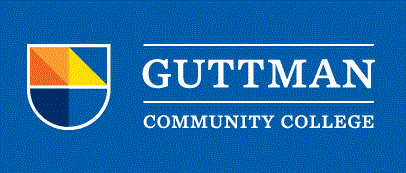
Publications and Research
Document Type
Article
Publication Date
Fall 2013
Abstract
With the implementation of the National Council of Teachers of Mathematics recommendations and the adoption of the Common Core State Standards for Mathematics, modeling has moved to the forefront of K-12 education. Modeling activities not only reinforce purposeful problem-solving skills, they also connect the mathematics students learn in school with the mathematics they will use outside of school. Instructors have found mathematical modeling difficult to teach. To successfully incorporate modeling activities I believe that curricular changes should be accompanied by professional development for curriculum developers, classroom teachers, and higher education professionals. This article serves as an introduction to modeling by defining mathematical modeling, outlining the steps to construct a model, and providing an example that illustrates the iterative non-linear process. Key to teaching modeling is the ability to understand how the modeling process differs from problem-solving activities, which this article discusses. This article describes the benefits and challenges of incorporating mathematical models. The overarching aim of this article is to serve as a primer to aid with the implementation of curricular reforms that call for an increased focus on modeling activities.
Included in
Algebra Commons, Curriculum and Instruction Commons, Higher Education and Teaching Commons, Other Mathematics Commons, Other Teacher Education and Professional Development Commons, Science and Mathematics Education Commons, Secondary Education Commons, Secondary Education and Teaching Commons


Comments
This work was originally published in Journal of Mathematics Education at Teachers College.